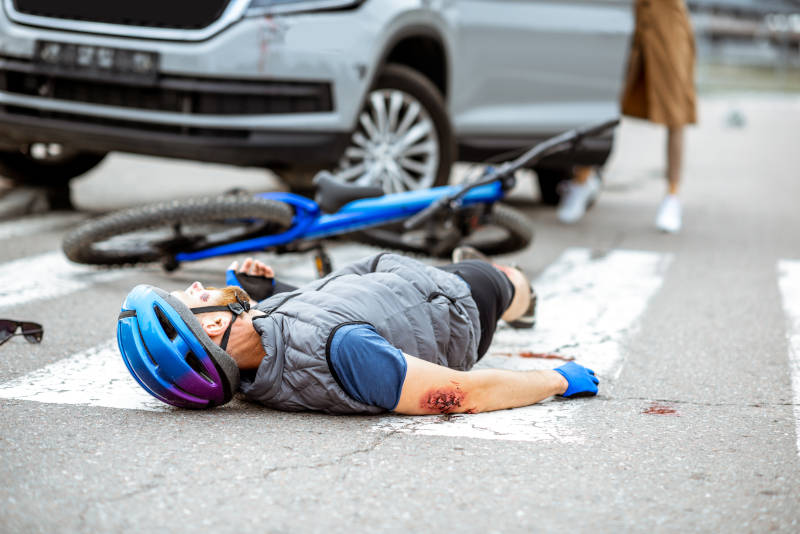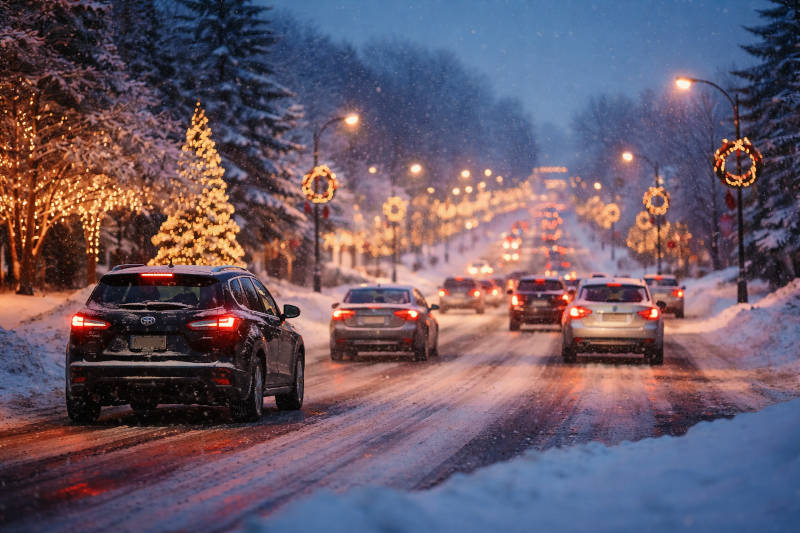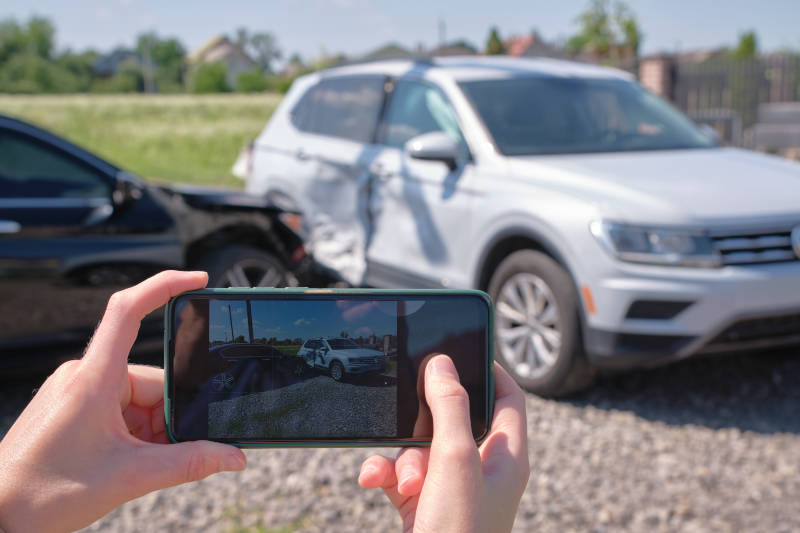As the weather warms up, more cyclists hit the road, enjoying the fresh air and the freedom that comes with riding a bike. Whether you’re commuting, exercising, or just out for a leisurely ride, it’s important to remember that bicycle safety should always be a top priority. Unfortunately, accidents do happen, and when they do, you need to know how to protect yourself—especially if you’re involved in an accident with an uninsured motorist. Here’s what every cyclist should know to stay safe on the road.
Bicycle Safety Tips: Stay Alert, Stay Safe
-
Wear a Helmet: It’s one of the simplest ways to protect yourself. A properly fitted helmet can drastically reduce the risk of severe head injuries in the event of an accident.
-
Be Visible: Always wear bright or reflective clothing, especially at night. Equip your bike with front and rear lights to increase your visibility to motorists.
-
Obey Traffic Laws: Cyclists are expected to follow the same traffic rules as motorists. This includes stopping at stop signs, signaling your turns, and yielding to pedestrians.
-
Stay in the Bike Lane: Whenever possible, use designated bike lanes and paths. If there isn’t a bike lane, ride on the right side of the road, staying as far to the right as safely possible.
-
Be Cautious Around Cars: Always be aware of your surroundings. Even when you have the right of way, don’t assume that drivers will always yield to you.
What to Do If You’re in an Accident
Despite your best efforts, accidents can still occur, especially when motorists are distracted or careless. If you’re involved in an accident with a vehicle, here are a few steps to follow:
-
Seek Medical Attention: Even if you feel fine, it’s important to get checked by a medical professional. Some injuries may not be immediately obvious.
-
Document the Scene: Take photos of the accident, your injuries, and any damage to your bicycle. Collect contact information from witnesses and the driver involved in the accident.
-
File a Police Report: Always report the accident to the police, especially if there’s significant damage or injuries. This can help establish liability and provide documentation for your insurance claim.
Uninsured Motorist Coverage: Protect Yourself
One of the most important aspects of accident-related protection is your auto insurance, which may extend to you even when you’re not in your car. This is especially crucial if you’re involved in an accident with an uninsured motorist (UM) or underinsured motorist (UIM). In Ohio and Kentucky, the law allows you to file a claim with your own auto insurance policy to cover the costs of an accident, even if the driver at fault doesn’t have sufficient insurance.
Here’s how it works:
-
Uninsured Motorist Coverage (UM): This coverage kicks in if you’re hit by a driver who has no insurance. Your own insurance company may cover medical bills, repairs to your bike, and other damages.
-
Underinsured Motorist Coverage (UIM): If the at-fault driver has insurance, but it isn’t enough to cover your expenses, UIM can help make up the difference. This is crucial, as many drivers have minimal coverage that won’t fully compensate for the cost of an injury or damage.
-
Personal Injury Protection (PIP): Some policies include PIP coverage, which can cover medical bills and lost wages, regardless of who was at fault for the accident.
How to Make Sure You’re Covered
Before you hit the road, it’s a good idea to review your auto insurance policy and make sure you have sufficient UM/UIM coverage. If you don’t have it, consider adding it to your policy. It’s typically an affordable addition that can provide significant protection in the event of an accident.
Additionally, if you don’t have car insurance, but regularly ride your bike, you might want to look into bicycle-specific insurance policies, which may offer similar coverage for accidents involving uninsured or underinsured motorists.
In Conclusion
Bicycle safety is about more than just wearing a helmet and following traffic laws—it’s also about being prepared for the unexpected. Accidents can happen, and when they do, it’s important to understand how your auto insurance may protect you, even if you’re not in your car. Uninsured motorist coverage can help cover medical bills, bike repairs, and other expenses if you’re hit by a driver with no insurance or insufficient coverage. Make sure you’re properly insured, and always stay safe while cycling.





